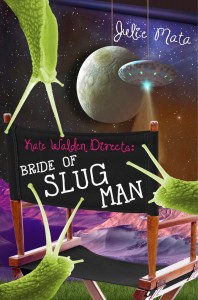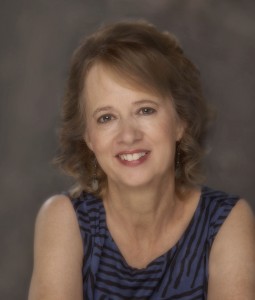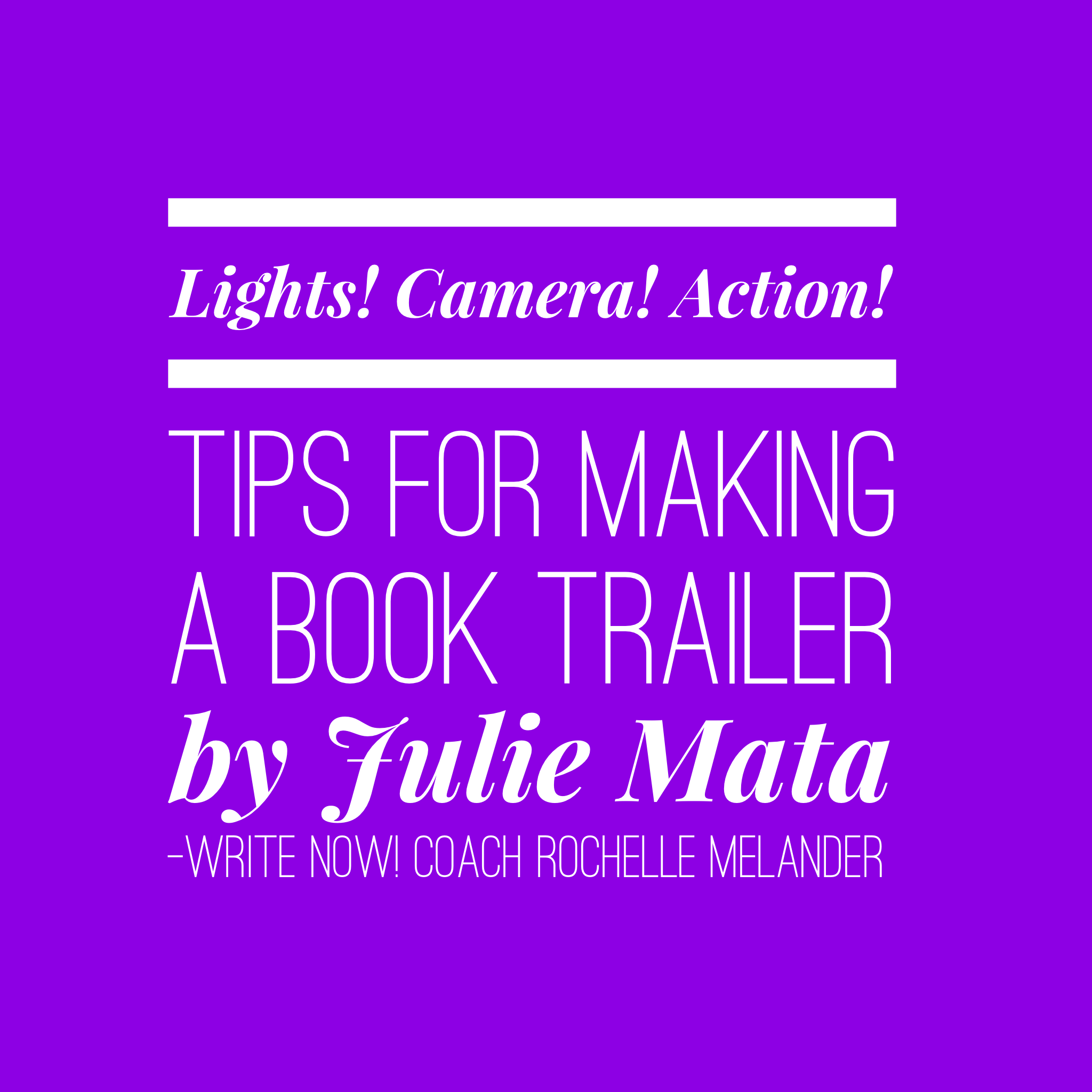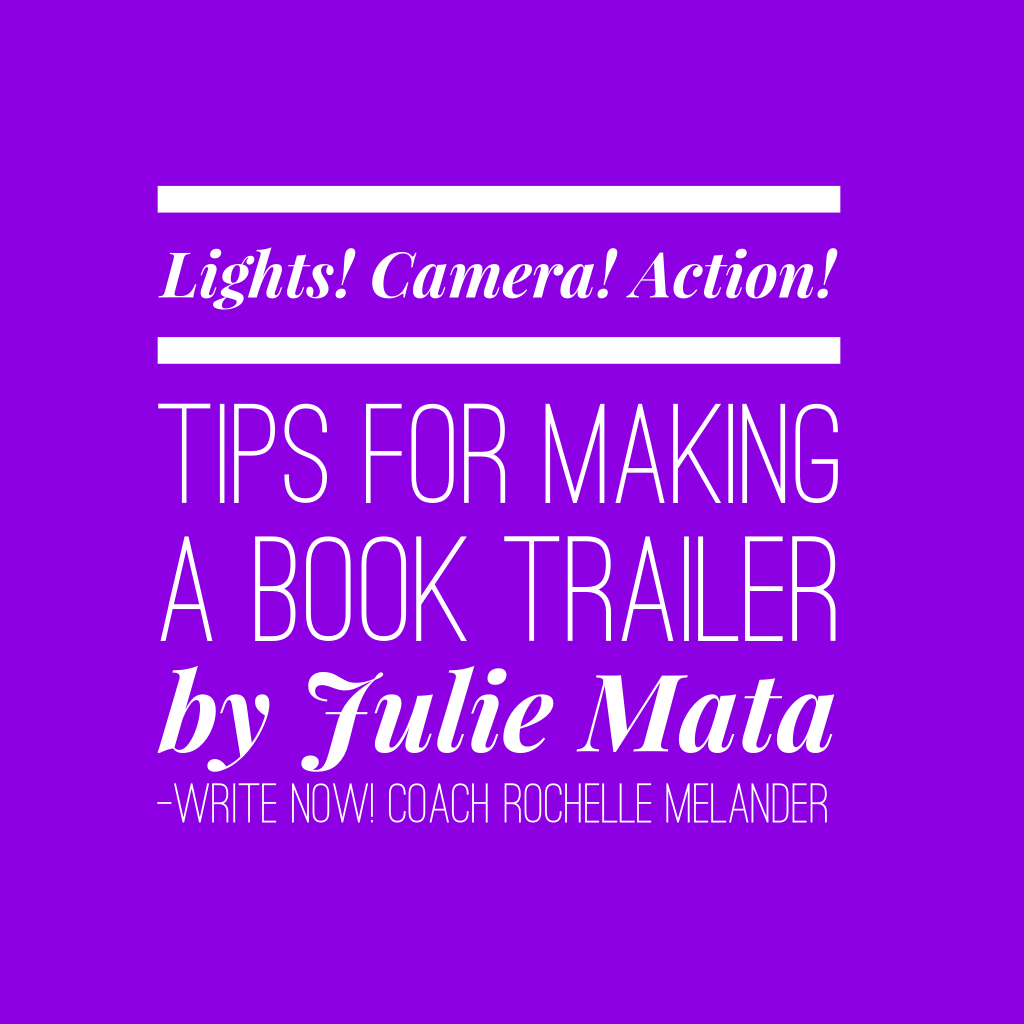Lights, Camera, Action! Tips for Making a Book Trailer By Julie Mata
23 June 2015
Note From Rochelle
Dear Writers,
A huge shout of thanks to all of you who completed the survey! You’ve helped me a lot. I’ll be notifying winners of books and coffee in the next few days.
Today’s tip comes from middle grade author Julie Mata, who shares tips on making a professional-looking book trailer! If you’d like to enter to win a copy of her brand new book, Kate Walden Directs: Bride of Slug Man, you can learn HOW to enter below the post.
Happy Writing! Rochelle, the Write Now! Coach
 Making a book trailer has been compared to flushing a wad of cash down the toilet. It has also been called an absolutely essential component of book promotion. The truth probably lies somewhere in between. A book trailer may not directly increase sales but it can arouse interest and draw valuable attention to your book. Many authors find the cost of making a trailer too prohibitive, but there are ways to get a quality film without breaking the bank.
Making a book trailer has been compared to flushing a wad of cash down the toilet. It has also been called an absolutely essential component of book promotion. The truth probably lies somewhere in between. A book trailer may not directly increase sales but it can arouse interest and draw valuable attention to your book. Many authors find the cost of making a trailer too prohibitive, but there are ways to get a quality film without breaking the bank.
I made a book trailer for both my middle-grade books. In the interests of full disclosure, I own a small video production company with my husband, which definitely helped make the process easier. Nevertheless, I had to write the scripts and find talent, locations and props on a shoestring budget. Here are some tips I’ve learned along the way.
Finding actors. Unless you have a big budget, you will likely need to use non-professional actors. For my second book, Kate Walden Directs: Bride of Slug Man, I went to a private school where I had previously done an author visit and asked if they would let me shoot in their building and work with interested students. They were amenable and I ended up with fifteen motivated but unskilled actors. Knowing this, I purposefully wrote a script with no dialogue. Dialogue is tricky and takes good actors to pull off. Done wrong, it quickly makes a production sound cheesy.
I’ve found it’s easier to get a strong performance from non-actors when they don’t have to speak. Try using a narrator or text to tell your story. Websites like Voices.com offer good voice talent for narrations at reasonable prices. Need music? YouLicense.com and similar websites offer economical licensing fees. If you absolutely need talent who can deliver lines, one option is to put a casting call notice on your local Craigslist. There are plenty of nonprofessionals who love acting, are good at it, and enjoy being involved in a project even if they don’t make a lot of money. Just be sure to specify up front what you’re willing to pay, as well as how many hours or days of work are involved. You can also notify local theater groups about a casting call. Auditions are more work—they take time and you need a location to hold them—but it can be an effective way to find talent.
Choosing a crew. When choosing your crew, use an experienced camera operator if possible. My trailers didn’t need to look polished since my main character, twelve-year-old Kate Walden, supposedly shot and narrated them. Still, I had a professional shoot the all the scenes. An amateur’s footage usually looks…amateurish. If this is too big a budget item, consider approaching the film department at an area university. Students are often hungry for projects to add to their demo reel, and are usually willing to work for far less than a professional crew. Get recommendations from professors and view students’ demo reels to assess styles and abilities. Students can also be a great source for creative ideas.
Attending to details. Keep your book trailer short and simple—standard length is thirty seconds to a minute. A book trailer should be the visual equivalent of a query letter—a brief teaser that makes your book sound too good to pass up, but doesn’t give away the entire plot. As you’re writing the script, have a clear idea which images will accompany each line. It’s easy to write a great script only to find there is no reasonable way to show a mountaintop castle exploding, or a swamp alligator snapping at your MC’s leg. Stumped on visuals? Typography animation, where the audio narration is mirrored with text on screen, is a fun way to handle this problem. By using different fonts, sizes and colors, and by varying the rhythm, a good editor can evoke moods ranging from poetic to suspenseful to downright creepy. Do a web search for some creative examples.
Editing can be the most expensive part of a trailer but it’s also the most critical. This is where I would advise spending more money, if possible. A professional editor can add music, special effects, text, and play with the pacing to substantially raise your project’s production value. Experienced student editors can also do a very good job.
Finally, don’t be afraid to be picky (as long as you’re nice about it). It’s your project and your vision, so enjoy sitting in that director’s chair!
You can check out my book trailers here:
KWD: Night of the Zombie Chickens
KWD: Bride of Slug Man
 About the author. Julie Mata grew up in Barrington, Illinois, where she loved to read books, write stories, and watch movies. After receiving a B.A. from Oberlin College in English Literature and a master’s degree from Northwestern University in Broadcast Journalism, she worked for many years as a news reporter and then as a freelance writer. Currently, she owns a video production business with her husband. Her middle grade novel, Kate Walden Directs: Night of the Zombie Chickens, was published in 2014 by Disney Hyperion. The sequel, Kate Walden Directs: Bride of Slug Man, released May 26th.
About the author. Julie Mata grew up in Barrington, Illinois, where she loved to read books, write stories, and watch movies. After receiving a B.A. from Oberlin College in English Literature and a master’s degree from Northwestern University in Broadcast Journalism, she worked for many years as a news reporter and then as a freelance writer. Currently, she owns a video production business with her husband. Her middle grade novel, Kate Walden Directs: Night of the Zombie Chickens, was published in 2014 by Disney Hyperion. The sequel, Kate Walden Directs: Bride of Slug Man, released May 26th.
Write Now! Coach Rochelle Melander is an author, a certified professional coach, and a popular speaker. Melander has written ten books including Write-A-Thon: Write Your Book in 26 Days (And Live to Tell About It). As the Write Now! Coach, she teaches professionals how to write books fast, get published, and connect with readers through social media. Get your free subscription to her Write Now! Tips Ezine at https://www.writenowcoach.com.











Great info. Thanks!!